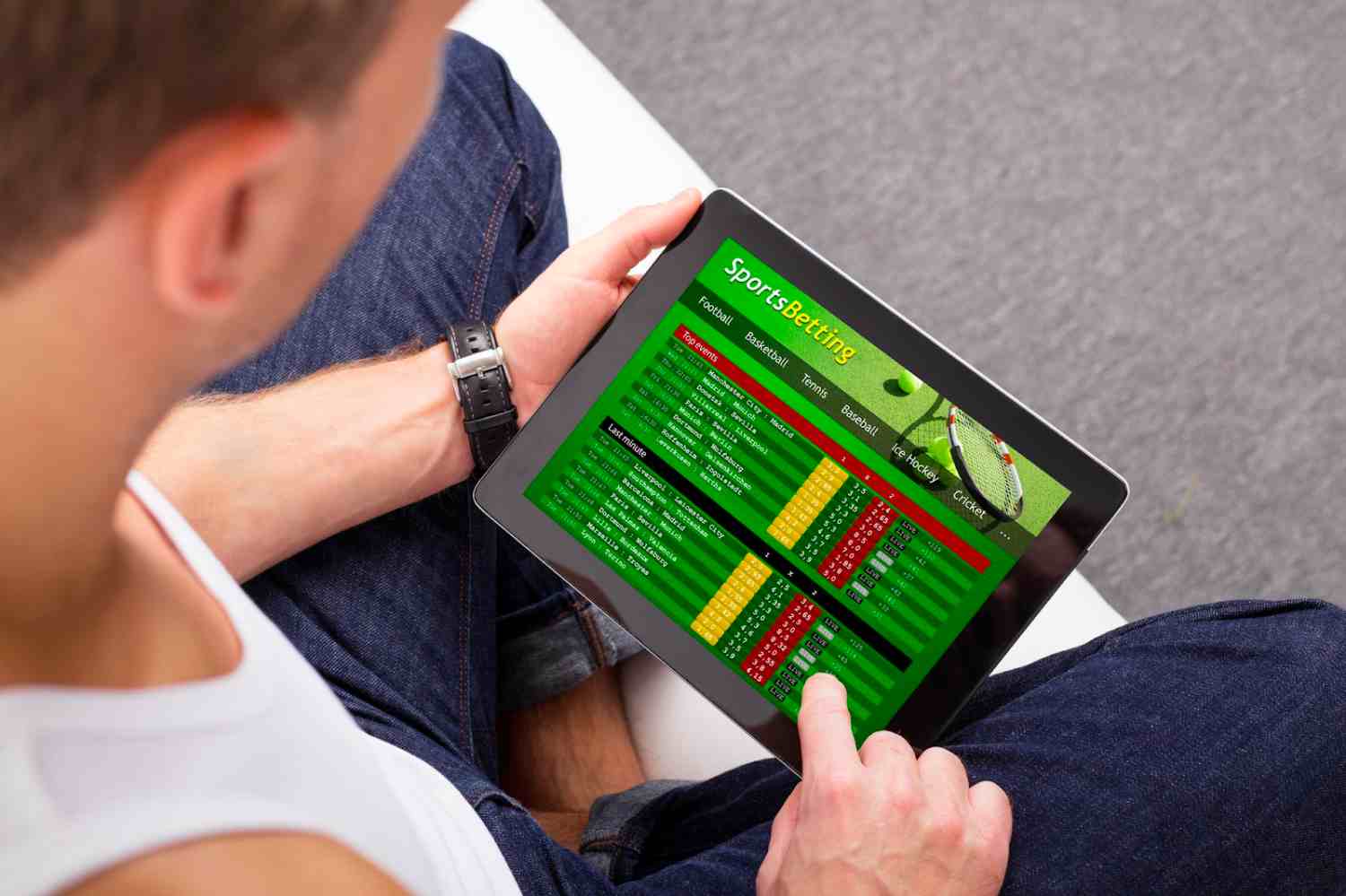
How odds work is one of the most popular questions in sports betting. Your ability to answer goes a long way in determining success as a punter. Right off the bat, odds in sports betting represent the probability of an event occurring. Likewise, sportsbooks use it as the basis for calculating payouts. For instance, if you stake $1 on 2 decimal odds, the payout is $2. So, you multiply the stake by the value to get the payout (Minus whatever bonus the bookmaker adds). This is simply what the odds are. The problem is that the definition needs to capture the intricacies of how betting odds work. Keep reading to know how to use it to make forecasts and win money.
Types of Odds Formats

There are three odd betting formats: decimal, fractional, and American. Meanwhile, converting odds into another format or expressing it as an implied probability percentage is possible.
Decimal odd is one of the most popular types among punters due to its simplicity. For instance, 2.50, 1.0, and more. A punter must multiply the stake by the odd to calculate the payout. Decimal numbers are presented as a single decimal number and are common in the UK, Ireland, and many countries worldwide.
Fractional odd is a more complex type, as it requires more calculation than its decimal variant. It is more common with horse racing but also in other sports betting markets. Bookmakers represent the value as fractions, like 4/1 or 3/2. The first digit is the possible payout, while the second represents the original bet amount. For instance, if you wager $5 on a horse with 7/1 odds to win, you will receive $35 in profit plus your original stake. The calculation is multiplying the numerator by the stake and dividing by the denominator.
Odds against is when the first number is more significant than the second, while odds on is when the first number is smaller than the second. The advantage of expressing the numbers in fractions is that punters easily convert them into other types. For instance, 2/1 equals 3.0 decimal and +200 American.
As the name implies, American odds are primarily used in the United States. Unlike the other two, bookmakers use positive and negative numbers. A positive odd value shows the potential profit on a bet. In contrast, its negative variant indicates how much money you must bet to win.
Imagine a football match between the New England Patriots (-145) and Miami Dolphins (+130). If you think the Miami Dolphins will win, for every $100 you stake, you will earn $230 (Profit + stake). In contrast, the minus in front of the New England Patriots shows they are favorites. Hence, if you think the team will emerge victorious, you will win $100 for every $145 you wager.
Probability and Odds

Probability is another concept punters must understand since it relates directly to odds. Denominator / (numerator + denominator) * 100 equals implied probability for fractional odds. Alternatively, divide 1 by the decimal value. To put it into perspective, implied probabilities are calculated based on the chances of an event occurring.
If a team has odds of 2.5, the implied probability would be 0.4 (1/2.50) or a 40% probability of winning the game. On the other hand, 4/1 can be calculated as 1(4+1) * 100 = 0.2 or 20% chance the outcome will happen.
Factors Influencing Odds

Odds are numbers, but sportsbooks don’t just come up with them. Our experts at aussiecasinoreviewer.com determine that the best sports betting sites use various parameters to determine the values. The combination of factors ultimately ensures a profit margin and reflects the perceived probability of different outcomes. Some influencing factors include:
- Team and Player Performance
The rule of thumb is to give lower values to the better team and a higher value to a struggling team. Now, whether or not it plays out depends on the actual result. Sportsbook uses recent and historical performances of teams and considers injuries, suspension, and the impact of such absences on the team’s performance. Apart from this, the historical performance in head-to-head matchups affects the probability. If a team has a strong record against the other, they may have lower odds against that opponent.
- Home Advantage and Weather Condition
Teams playing at home have an advantage, and bookmakers consider it when setting odds. As expected, the home team will receive a lower probability of winning, not considering other factors. Meanwhile, extreme weather conditions may favor one team, leading to adjustments.
- News and Events
News like transfers, coaching changes, and off-field incidents influence odds. Bookmakers update odds as the latest information that may affect the outcome unravels, whether the match is underway or not. Meanwhile, sportsbooks adjust odds to attract or balance bets in response to market dynamics.
Bookmakers use algorithms and sophisticated models to analyze various factors and calculate odds. The bottom line is that anything that affects the outcome of a match is considered and accounted for.
Bankroll Management and Odds

Bankroll management is vital to sports betting, as it encourages responsible gambling practices. It involves managing the money you want to gamble with, making strategic decisions to protect funds or profit and limiting losses. Knowing the relationship between odds and bankroll management will guarantee responsible betting.
Before placing a bet, determine a budget, an amount you can afford to lose without affecting your daily life or finances. An impressive approach is to break the bankroll into unit size as a percentage of the overall value—1% to 5%. Next, understand different odds formats and how to convert them to probabilities. This knowledge allows punters to assess the potential value of a bet and reduces the chances of chasing invaluable bets with huge amounts of money. High-odds bets appear attractive. However, they attract higher risk and variance. Plus, long odds eat up a significant portion of your bankroll.
Use a large percentage of your bankroll on higher-confidence bets and smaller stakes for riskier bets. We further recommend you keep a record of stakes and outcomes to identify areas of improvement.
Common Mistakes in Interpreting Odds
The mathematics involved in reading betting odds and converting them often must be clarified, especially for newbies. The common ones include confusing odds format and requiring more knowledge of implied probability. As explained above, various regions use different formats. You need to grasp them or tell probability to make assessing if the value aligns with your expectations manageable.
Another mistake punters make is chasing high odds without value. Although tempting, they don’t reflect the actual probability of an event. Don’t focus solely on odds. Instead, consider factors like injuries and team performance that may affect results. Lastly, avoid betting based on emotions. Shop for the best odds from different bookmakers to get the most favorable value and increase your chances of securing a win.
Final Words
Understanding odds is vital to sports betting. They reflect the chance of winning and how much money you will win on a successful wager. There are different formats, so we recommend familiarizing yourself with them. Apart from this, they change based on various circumstances. We hope our complete guide has demystified gambling odds, and you can now make informed decisions when betting online.